Disclosure: This article contains affiliate links. We may earn a commission from purchases at no extra cost to you, which helps our travel content.
When my colleague Sarah asked me to write a guide for her upcoming solo trip to Bogota, my risk manager brain immediately went into overdrive. But after sending her a 15-page safety protocol document complete with color-coded threat matrices, I realized I might have gone a bit overboard. The truth is, Bogota - like any major city - simply requires informed navigation rather than fear. Having visited Colombia's capital four times in the past decade (twice solo), I've developed a system that balances safety considerations with immersive cultural experiences. This guide isn't about avoiding risk; it's about managing it intelligently while experiencing the vibrant energy, stunning colonial architecture, and incredible value that make Bogota one of Latin America's most rewarding destinations for solo female travelers. Let me show you how to apply some practical risk management principles to maximize your experience while minimizing concerns.
Pre-Trip Planning: The Risk Manager's Approach
As someone who evaluates risk for a living, I can tell you that proper preparation eliminates about 80% of travel concerns before you even board the plane. For Bogota specifically, this means strategic accommodation choices, transportation planning, and information gathering.
First, let's talk neighborhoods. While budget options exist throughout the city, I strongly recommend limiting your accommodation search to three areas: Chapinero (particularly Chapinero Alto and Zona G), La Candelaria (the historic center, but stick to established hotels/hostels), and Usaquén (upscale, safe, but pricier). During my last visit, I stayed at Selina La Candelaria, which offered private rooms at $40/night with excellent security protocols and a built-in community of travelers.
Second, download maps offline and install key apps before departure. Google Maps works well in Bogota, but I also recommend Maps.Me as a backup since it offers more detailed walking routes and works entirely offline. The TransMilenio app is essential for navigating Bogota's extensive but sometimes confusing bus system.
Third, register your trip with your country's embassy through their traveler enrollment program. For Americans, that's the STEP program. This takes literally three minutes online but creates an official record of your presence in Colombia—valuable if any issues arise.
Finally, purchase comprehensive travel insurance that specifically covers Colombia. While the country's healthcare system is surprisingly good, having coverage that includes evacuation services provides an important safety net. I've used travel insurance on my Colombia trips with good results—their 24/7 emergency assistance line has English-speaking operators familiar with Colombia's healthcare system.

💡 Pro Tips
- Book accommodations in Chapinero, La Candelaria (established places only), or Usaquén neighborhoods
- Register with your embassy's traveler program before departure
- Download TransMilenio app and offline maps before arrival
Navigating Bogota: Transportation Risk Assessment
Transportation choices in Bogota involve clear risk-benefit tradeoffs that I've analyzed extensively during my visits. Let me break this down systematically:
TransMilenio (Bus Rapid Transit): Bogota's primary public transportation system is remarkably efficient and affordable (about $0.70 per ride). During daylight hours and early evening, it's my go-to option for covering longer distances. The dedicated lanes mean you bypass traffic, and the stations have security personnel. However, avoid extremely crowded buses during rush hour, as pickpocketing risk increases significantly when personal space diminishes.
Ride-sharing Apps: Uber operates in a legal gray area in Colombia but remains widely used. I prefer DiDi or Cabify, which function similarly but with full legal status. Always verify the driver's identity and license plate before entering, and share your trip with a trusted contact using the app's built-in features. Average rides within the main tourist areas cost $3-5.
Taxis: Only use yellow taxis that are called through apps like EasyTaxi or by your accommodation. Never hail one directly from the street—this is where most security incidents occur. When taking airport taxis, use only the official stands inside the terminal where rates are standardized and drivers are registered.
Walking: This is where nuance matters most. La Candelaria and Chapinero are generally walkable during daylight hours, but street dynamics can change dramatically within a single block. I use a simple rule: if local women are walking alone in an area, it's likely safe for female travelers too. Always walk purposefully, avoid displaying valuable electronics, and trust your instincts if something feels off.
For longer stays, consider purchasing a portable door lock, which adds an extra security layer to any accommodation door. This small device has been part of my travel kit for years and provides peace of mind, particularly in budget accommodations where door locks might not meet international standards.
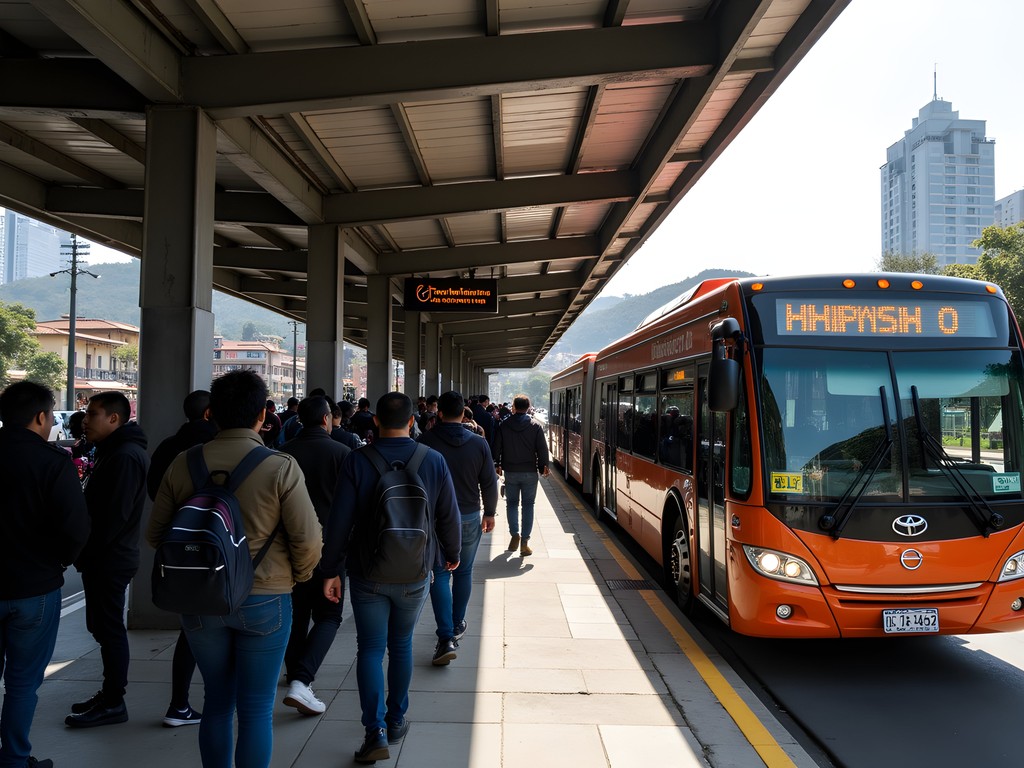
💡 Pro Tips
- Use TransMilenio during daylight hours but avoid rush hour crowding
- Choose DiDi or Cabify over street-hailed taxis
- For taxis from the airport, only use the official taxi stand inside the terminal
Cultural Immersion on a Budget: The Bogota Museum Circuit
One of Bogota's greatest assets for solo travelers is its exceptional museum circuit, which offers world-class collections at remarkably affordable prices. This creates the perfect risk-reward scenario: high cultural value with minimal financial investment and excellent safety profiles.
The Gold Museum (Museo del Oro) is my top recommendation, housing the world's largest collection of pre-Hispanic gold artifacts. The entrance fee is just $1.50, and free on Sundays. Beyond the stunning gold pieces, what fascinates me as a risk manager is how these ancient civilizations developed sophisticated systems to manage environmental uncertainties through symbolic objects—essentially early risk management tools!
The Botero Museum showcases Fernando Botero's distinctive voluminous figures alongside works by Picasso, Dalí, and Monet—all completely free. Located in La Candelaria, it's best visited mid-morning when security presence is highest and crowds are manageable.
For contemporary art enthusiasts, MAMBO (Museum of Modern Art Bogota) offers rotating exhibitions of Colombian and international artists for about $2.50. During my last visit, I was particularly impressed by their exhibition on Colombian graffiti artists transitioning from street to gallery spaces—a perfect example of how Bogota embraces artistic evolution.
A money-saving hack: purchase the Bogota City Pass if you plan to visit multiple museums and attractions. At approximately $45, it includes entry to major museums, Monserrate (the mountain overlooking the city), and guided walking tours.
Safety tip: Most museums have free lockers, so you can secure any valuables during your visit. I typically carry only a copy of my passport (leaving the original in my accommodation safe), one credit card, and minimal cash divided between two locations on my person. This approach minimizes potential losses while still allowing you to fully immerse yourself in the cultural experience.
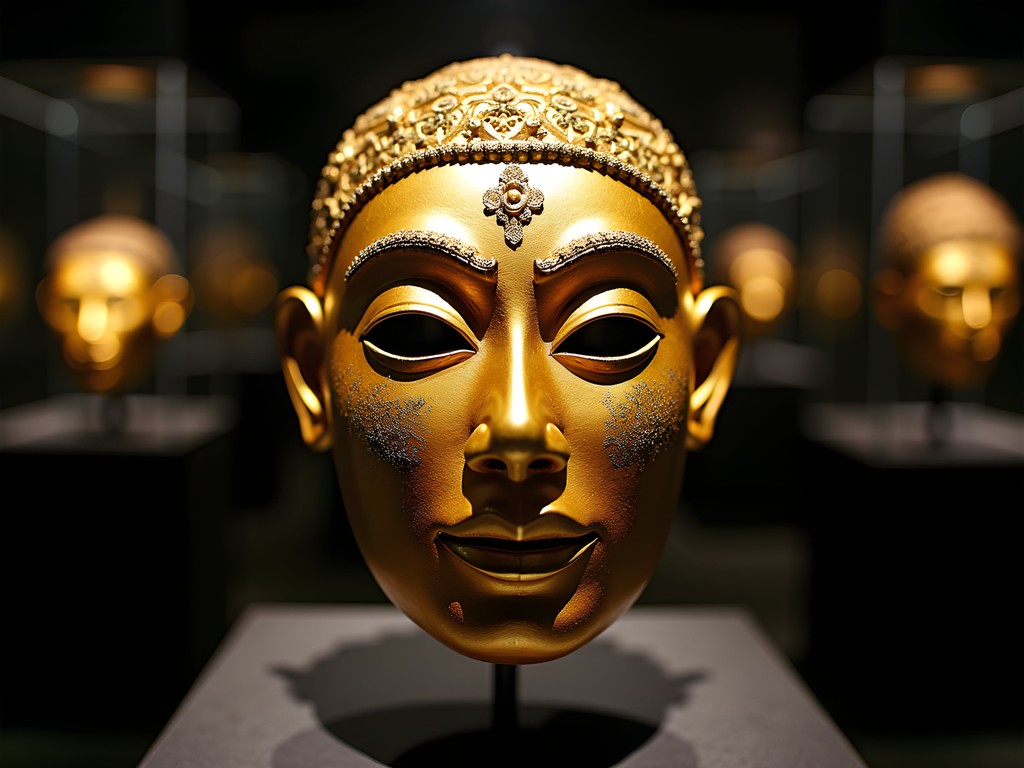
💡 Pro Tips
- Visit the Gold Museum on Sunday for free entry
- Use museum lockers to secure valuables during your visit
- Combine museum visits with lunch at nearby restaurants offering 'menu del día' specials for $3-5
Street Art Tours: Analyzing Bogota's Visual Commentary
Bogota boasts one of the world's most vibrant street art scenes, where artistic expression intersects with social commentary. As someone who's documented graffiti across three continents, I can confidently say that Bogota's murals offer unparalleled insight into Colombia's complex social dynamics.
The best way to experience this aspect of Bogota culture is through a guided street art tour. I recommend Bogota Graffiti Tour, which operates on a free/tip basis and is led by local artists who provide context on both the technical aspects and political messaging behind major works. These tours typically run 2-3 hours and cover the La Candelaria district.
From a safety perspective, these tours offer an ideal balance: they allow you to explore areas you might not venture into alone, with the security of a group and guide who knows which streets to avoid. Our guide Diana navigated our group through rapidly changing neighborhoods, pointing out how even a single block can transition from tourist-friendly to locally-oriented space.
For photography enthusiasts, this is an opportunity to capture stunning images, but be strategic about your equipment. I use a crossbody camera bag that doesn't scream 'expensive camera inside' yet allows quick access for capturing these vibrant murals. The sling design lets you keep the bag against your front in crowded areas, reducing theft risk without sacrificing photographic opportunities.
Beyond the artistic value, these tours reveal Bogota's social stratification through visual storytelling. Murals often address displacement, indigenous rights, and environmental concerns—themes that help visitors understand Colombia's ongoing challenges and resilience. As a risk manager, I find that understanding these social dynamics actually enhances safety by providing context for neighborhood dynamics and current events.

💡 Pro Tips
- Book street art tours for morning slots when lighting is better for photography
- Carry small bills for tipping guides (15,000-20,000 COP is appropriate)
- Ask guides about neighborhood boundaries to better understand where to explore independently later
Solo Dining: Risk-Free Culinary Exploration
Solo dining often concerns female travelers, but Bogota offers numerous options where you can enjoy authentic Colombian cuisine without discomfort. I've developed a tiered approach to solo dining that balances culinary exploration with comfort and safety.
Tier 1: Market Meals Paloquemao Market offers an immersive food experience where you can sample multiple Colombian specialties in a bustling but well-monitored environment. Visit between 9-11am when it's active but not overwhelming. The fruit vendors will often offer samples of exotic varieties you won't find at home. I recommend trying lulo, feijoa, and granadilla. For about $3-5, you can assemble a fantastic breakfast or lunch from various stalls.
Tier 2: Food Halls and Collective Spaces Bogota has embraced the food hall concept, creating spaces where solo diners blend seamlessly with groups. Zona G's Mercado Local and the newer La Pola Food Hall in Chapinero offer diverse options under one roof with communal seating. These spaces typically have visible security and attract a mix of locals and tourists, creating a comfortable atmosphere for solo female travelers.
Tier 3: Restaurant Bars For higher-end dining without the awkwardness some feel at formal tables alone, opt for restaurant bar seating. Prudencia in La Candelaria offers an excellent tasting menu experience where you can interact with chefs while dining at the bar. Similarly, Mesa Franca in Chapinero Alto welcomes solo diners at their bar with innovative Colombian-fusion cuisine.
For coffee enthusiasts, Bogota's café culture is thriving. Azahar Coffee in Parque 93 or Varietale in Chapinero make ideal rest stops during exploration. These spaces welcome laptop workers and solo readers, allowing you to linger without pressure.
To document your culinary adventures discreetly, I recommend the pocket travel journal which includes sections specifically for recording memorable meals and has a sleek design that doesn't mark you as an obvious tourist when taking notes at the table.

💡 Pro Tips
- Visit Paloquemao Market with minimal belongings and money divided between pockets
- Choose restaurant bar seating for higher-end dining experiences alone
- Use food delivery apps like Rappi for hotel meals when you need downtime
Day Trips: Expanding Your Bogota Experience Safely
While Bogota itself offers enough to fill a week, several nearby destinations provide excellent day trip opportunities with manageable risk profiles for solo female travelers. These excursions offer high cultural and natural value while maintaining reasonable safety parameters.
Zipaquirá Salt Cathedral Just 50km north of Bogota, this underground cathedral built within a salt mine represents a fascinating intersection of religious architecture and mining engineering. From a risk management perspective, it's an ideal day trip: organized tours depart regularly from Bogota (approximately $45), eliminating transportation concerns, and the site itself has controlled access with security personnel. The cathedral sits 180 meters underground, carved entirely from salt deposits, with dramatic lighting that transforms the space into a genuinely spiritual experience regardless of your religious background. As someone who analyzes structural integrity professionally, I was impressed by how the mining engineers converted a functional salt mine into a stable public space that welcomes over 600,000 visitors annually.
Guatavita Lagoon This crater lake is the legendary origin of the El Dorado myth and makes for a fascinating historical excursion. Located about 60km from Bogota, it's best visited through organized tours that handle transportation logistics. The moderate hiking involved (about 1.5 hours round trip) requires basic fitness but offers spectacular views. The site is managed by local indigenous communities who maintain clear pathways and regulate visitor numbers, creating a controlled environment suitable for solo travelers.
For both day trips, I recommend carrying the anti-theft daypack which features slash-proof construction, locking zippers, and RFID blocking pockets—practical security features without screaming 'tourist.' Its compact profile accommodates essentials while deterring opportunistic theft.
A cost-effective strategy: rather than booking through your hotel, visit reputable tour agencies in Chapinero or La Candelaria where you can often negotiate better rates, especially for next-day departures. I saved nearly 30% on my Zipaquirá tour by booking directly with Beyond Colombia's storefront office rather than through online platforms.

💡 Pro Tips
- Book day trips through established agencies in Chapinero or La Candelaria rather than online for better rates
- Carry only what you need for the day, leaving valuables in your accommodation safe
- Join tours that include transportation to eliminate the complexity of public transit connections
Final Thoughts
Bogota represents what I call 'high-yield travel'—a destination where modest financial investment yields exceptional cultural returns when approached with informed strategy. The risk management principles I've outlined aren't about limiting your experience but expanding it by creating a framework for confident exploration. Colombia's capital rewards travelers who engage thoughtfully with its complexities, offering insights into a nation transforming itself while honoring its rich cultural heritage. For solo female travelers specifically, Bogota provides an opportunity to develop valuable travel skills applicable across Latin America. By balancing awareness with openness, you'll discover a city that defies simplistic narratives and reveals itself layer by fascinating layer. Remember: the objective isn't risk elimination (impossible in any city globally) but risk optimization—maximizing experiences while minimizing unnecessary exposure. I'd love to hear about your Bogota adventures and any risk management strategies you develop along the way.
✨ Key Takeaways
- Bogota is accessible for solo female travelers with proper neighborhood selection and transportation planning
- The city offers exceptional cultural value on a modest budget through museums, street art, and culinary experiences
- Simple risk management strategies enhance rather than restrict your travel experience
- Local guides provide essential context that improves both safety and cultural understanding
📋 Practical Information
Best Time to Visit
Year-round (Bogota's elevation keeps temperatures moderate; December-March typically has less rain)
Budget Estimate
$40-60/day including accommodation, food, transportation and activities
Recommended Duration
5-7 days (including one day trip)
Difficulty Level
Intermediate


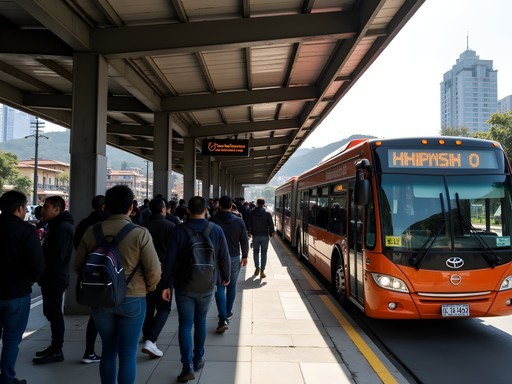
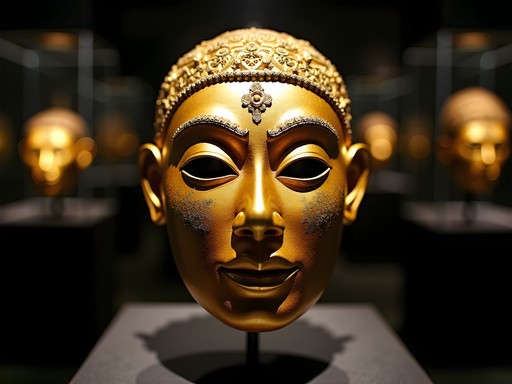

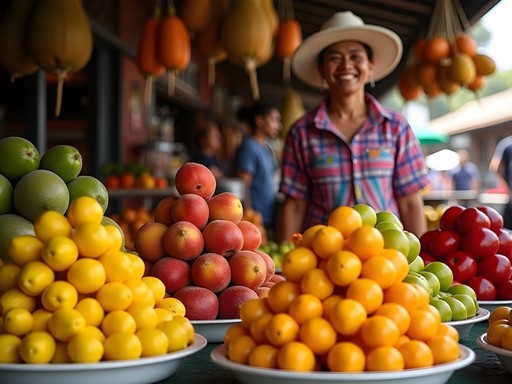



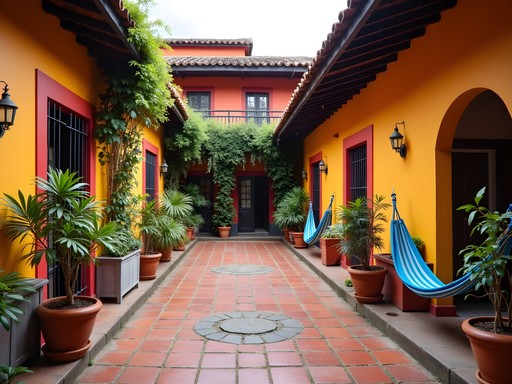
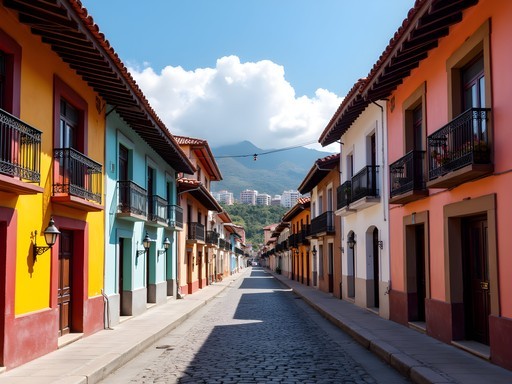

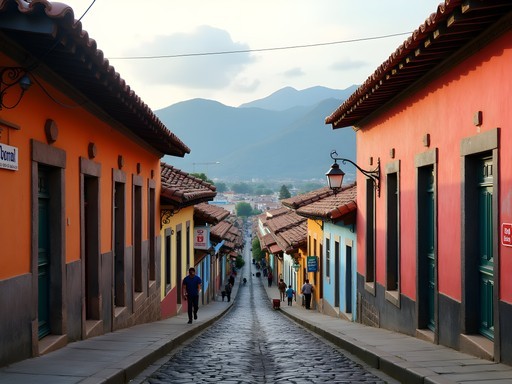


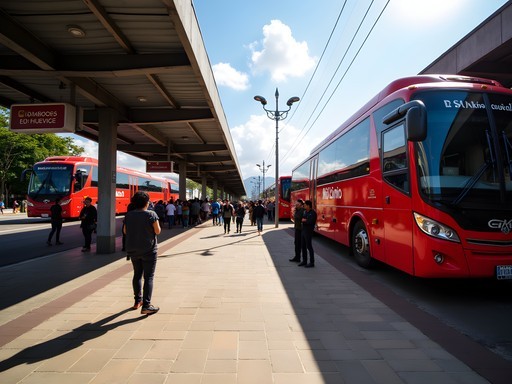
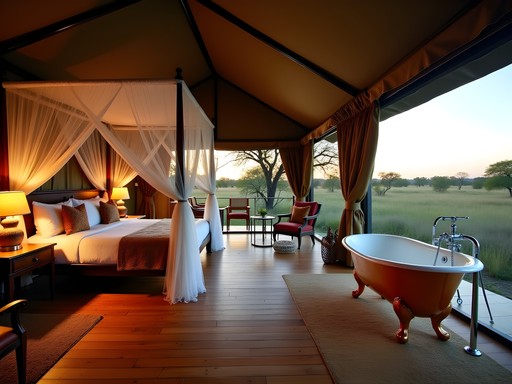
Comments
Taylor Moreau
Having visited Bogotá quarterly for business over the past five years, I can attest that Douglas's risk assessment approach is spot on. One additional safety protocol I follow: I always send my daily itinerary to both my hotel front desk and a contact at home each morning. Regarding taxis, never hail one from the street - always use the hotel call service or authorized taxi stands at malls and restaurants. The Gold Museum is indeed spectacular and has excellent security. For business travelers with an extra day, I highly recommend the Salt Cathedral in Zipaquirá - organized tours provide the safest option for this excursion. Douglas's museum circuit suggestion optimizes both cultural exposure and safety considerations.
wildtime
Anyone done the Monserrate hike Douglas mentions? Is it really safe for solo women?
freegal
Did it last week! Only safe on weekends when lots of locals go. Take the cable car down if it gets late. Amazing views!
springgal
Douglas, great article but what about cell service? Is it easy to get a local SIM card at the airport? I rely heavily on maps when traveling solo.
waveperson
Bookmarking this for my trip next month! That 15-page safety protocol document sounds like something my anxious mom would write 😂
redzone
Just booked my tickets to Bogotá for January! This guide couldn't have come at a better time. I'm nervous about the altitude though - did anyone else struggle with that? I've never been anywhere over 5,000 feet before.
islandchamp
Take it easy first day or two! I got headaches but they went away. Drink tons of water and try the coca tea.
Marco Flores
Douglas, your risk manager approach is refreshingly practical! When I visited Bogotá last month, I followed a similar strategy of mapping out my days in advance. One tip I'd add: the TransMilenio is indeed efficient, but absolutely avoid it during rush hours (7-9am, 5-7pm) as pickpocketing incidents spike then. I found myself wandering through the Paloquemao Market early mornings - incredible food experience and the vendors were so welcoming to solo travelers. The money belt was essential though - kept everything secure while freeing my hands for taking photos and sampling street food!
wildtime
Thanks for the TransMilenio tip! Would you recommend just using Uber instead during those hours?
Marco Flores
Absolutely! Uber or Didi are much safer options during rush hour. Just make sure to wait inside a building until your ride arrives.
freegal
That street art tour recommendation was spot on! Just did it yesterday.
islandchamp
Love this guide! Wish I had this before my trip last year.
redlife
Anyone know if La Candelaria is safe to stay in as a solo female traveler? Douglas mentions it briefly but I'm wondering about actual experiences.
Taylor Moreau
I stay in La Candelaria regularly for business trips. It's fine during daylight hours, but I wouldn't recommend walking alone after dark. Consider accommodations in Chapinero or Zona Rosa for better evening safety profiles.
redlife
Thanks Taylor! That's really helpful. Any specific hotel recommendations in Chapinero?
Taylor Moreau
The Click Clack Hotel is my go-to. Professional staff, good security, and central location. A bit pricier but worth it for peace of mind when traveling solo.
Hunter Thompson
Absolutely loved this guide, Douglas! Especially appreciate the risk management approach - it's refreshing to see practical advice rather than just vague warnings. I spent 3 weeks backpacking through Colombia last summer and Bogota was a highlight. The free walking tour you mentioned was brilliant for orientation on day one. For anyone worried about safety, I found Chapinero and Usaquén to be excellent neighborhoods to stay in. Also, the TransMilenio is actually quite safe during normal hours - just avoid rush hour when pickpocketing is more common. The museum circuit is incredible value - I'd add Botero Museum to your list too!
Douglas Williams
Thanks Hunter! Great addition with the Botero Museum - completely free and such a unique collection. Agreed on Chapinero and Usaquén too.
Venture X
Premium card with 2X miles, $300 travel credit, Priority Pass